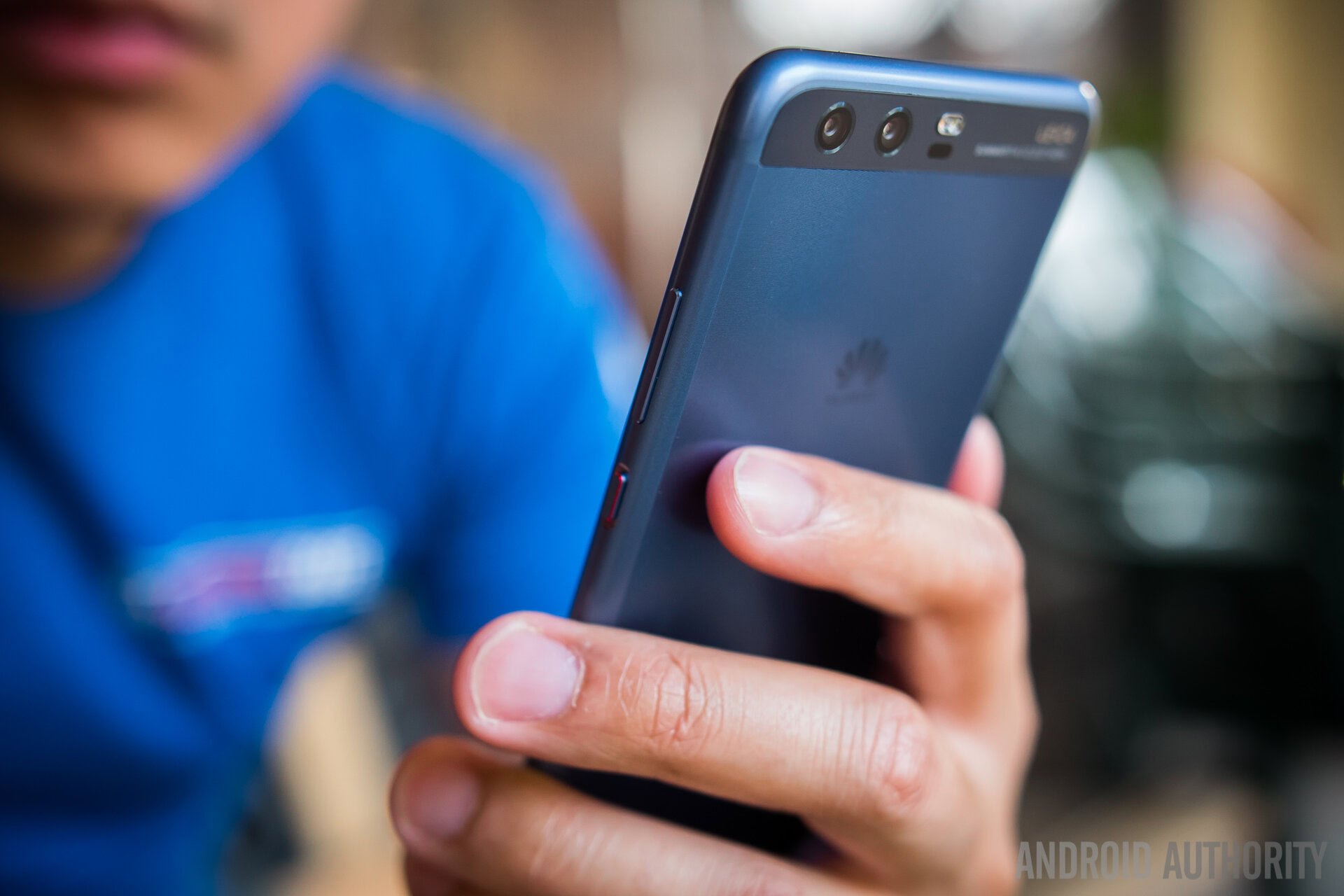Affiliate links on Android Authority may earn us a commission. Learn more.
HUAWEI admits buying a P10 or P10 Plus is a bit of a lottery

Update, April 21: In possibly related news, HUAWEI has removed mention of UFS 2.1 on its Mate 9 product page.
Original post, April 20: HUAWEI just admitted what Chinese users of the P10 and P10 Plus have been claiming for weeks.
In a statement released in response to an inquiry from Android Authority, the Chinese giant admitted it’s using memory chips of multiple specifications on the recently launched HUAWEI P10 and HUAWEI P10 Plus.
While HUAWEI did not go into specifics, empiric checks show that the two phones can feature any combination of LPDDR3 or LPDDR4 RAM chips, and UFS 2.0, UFS 2.1, or eMMC 5.1 storage.
“HUAWEI has employed the standard industry practice of sourcing solutions from multiple trusted suppliers to ensure a balance between user experience, quality and sustainable supply,” the company said.
While it’s true that many electronic devices feature a small level of variance when it comes to their components, the differences shouldn’t have a noticeable effect on user experience. One well-known example of component variation is Samsung’s choice of SoCs on its flagship phones, which usually ship with Exynos or Qualcomm chips based on the market. In another recent example, the iPhone 7 Plus comes with modem chips from either Intel or Qualcomm; the latter offer a “significant performance edge” compared to the Intel variant, according to phone testing firm Cellular Insights.
LPDDR3 or LPDDR4 RAM? UFS 2.0, UFS 2.1, or eMMC 5.1? Who knows?
HUAWEI insists that it does not make any false claims when it comes to the P10. The company says its marketing makes no mention of the memory generation. “Among all HUAWEI P10 marketing collateral, there has been no commitment to the use of only one specific flash memory,” it said.
That might be true, but the performance difference between LPDDR3 and LPDDR4 chips, and UFS 2.0, UFS 2.1, and eMMC 5.1 storage chips respectively, can be significant. Understandably, P10 customers would like to know if they’re getting an older technology.
When it’s convenient, HUAWEI does advertise the use of LPDDR4 and UFS 2.1 chips. On the Mate 9 product page, for instance, both new standards are presented prominently and contrasted with the older and slower LPDDR3 and eMMC 5.1.

It looks like only some P10 and P10 Plus are “born fast.” No mention of the RAM and storage technology can be found on their specs pages.
HUAWEI says it’s using chips “randomly,” based on the component shipments it receives from suppliers. “There are no period batches or manual selection for chip batches,” the company said. What this means is that getting a “good” unit is a matter of luck. You could run benchmarks on the phone prior to purchasing it, but that’s simply not feasible in many cases.
Read:
HUAWEI denied any “discrimination or intention to defraud consumers.” “The performance of a single component can’t exactly reflect the overall system performance of a smartphone and these scores are not applicable in actual use scenarios.”
Here’s the full statement:
“We are aware that there has been some recent online discussion in China regarding the flash memory in HUAWEI P10/P10 Plus.HUAWEI employs the highest standards when selecting technologies and components for use in its products; we prioritize user experience, product quality and stability of supply. The HUAWEI P Series of smartphones is one of the company’s global flagship series and has become hugely popular worldwide, thanks to the excellent photography experience it provides. This popularity has led to enormous demand.To meet global demand of millions of units, HUAWEI has employed the standard industry practice of sourcing solutions from multiple trusted suppliers to ensure a balance between user experience, quality and sustainable supply. Relying on a single component supply can lead to a shortage, meaning delays for consumers who wish to buy our new products. In the case of flash memory, in this instance, HUAWEI has chosen multiple simultaneous mainstream solution suppliers.HUAWEI is and always has been, above all, committed to providing an extraordinary user experience. The performance of a single component can’t exactly reflect the overall system performance of a smartphone and these scores are not applicable in actual use scenarios.Among all HUAWEI P10 marketing collateral, there has been no commitment to the use of only one specific flash memory. Different flash memory components are shipped randomly based on the supply at that time. There are no period batches or manual selection for chip batches, nor is there any discrimination or intention to defraud to consumers. Our approach is to measure the overall performance of our phones through software algorithms and chip tuning, rather than to focus on any single component.In the HUAWEI P10/P10 Plus, we use multiple different suppliers for flash memory, which have been subject to strict and rigorous testing as part of our finished products, so as to ensure the excellence and consistency of user experience that we strive for. This has been reflected in the overwhelmingly positive worldwide response to the HUAWEI P10 since its launch, thanks to its beautiful design and the stunning artistic portrait photography experience it delivers.Smartphone manufacturing is an industry with a very long supply chain. HUAWEI is committed to making the user experience the core factor in product design and innovations. We will continue to work closely with our partners to optimize the industry ecosystem and deliver even better products and experiences to consumers.”
Let us know your thoughts!